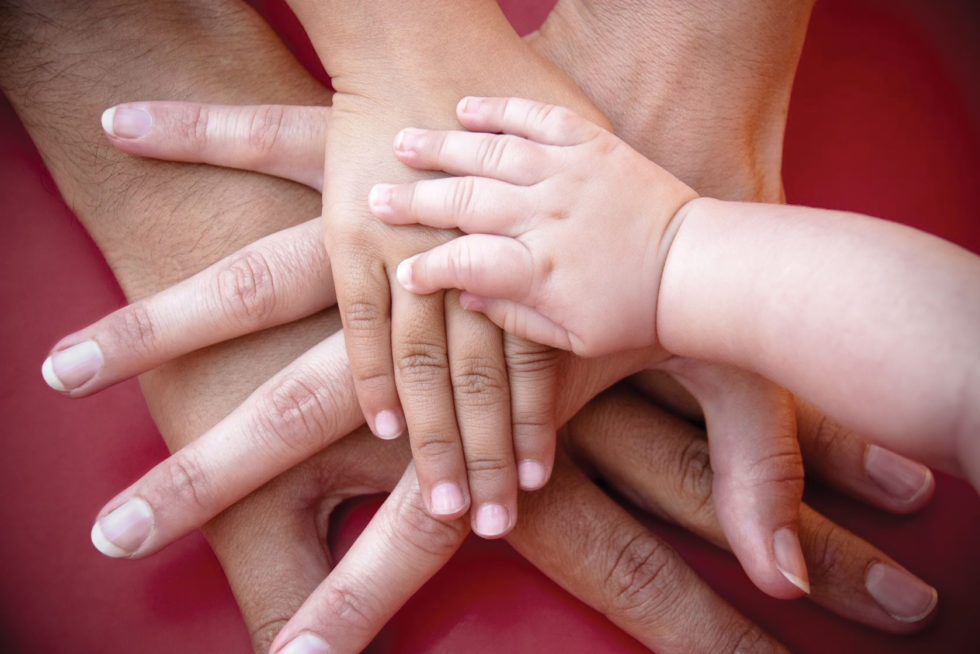Cancer and Fertility in Men
by Amanda B. Reed-Maldonado, MD, and James F. Smith, MD, MS
The American Cancer Society estimates that by January 2024 there will be more than 9.3 million men living with cancer in the United States. With this in mind, many healthcare providers and researchers have begun to shift their focus to maximizing long-term quality of life for cancer survivors and minimizing the long-lasting side effects of cancer care. One of the most significant side effects facing male cancer survivors is damage to the reproductive system, which may lead to a reduced ability or inability to have children.
Prior to Treatment: Fertility Preservation
Prior to starting treatment, the goal is fertility preservation. Ideally, one or more semen samples should be banked (also called cryopreservation or sperm banking). The frozen sperm can then be used in the future for intrauterine insemination (IUI), in vitro fertilization (IVF), or intracytoplasmic sperm injection (ICSI).
- IUI requires at least 5 to 10 million sperm, which are then placed inside the female partner’s womb (uterus).
- IVF places the harvested sperm (ideally 50,000 to 100,000 sperm) next to an egg in a laboratory dish to allow for fertilization, followed by transfer to the female womb.
- ICSI (pronounced “ick-see”) injects one sperm into one egg for fertilization then transfer to the female womb.
A minor surgical procedure called a microscopic testicular sperm extraction can surgically remove sperm from the testicles if the man cannot provide ejaculated sperm. For pre-pubescent boys and young men who do not yet produce sperm, there is no standard option for fertility preservation. For these survivors, pre-treatment testicular tissue collection and freezing (cryopreservation) of testicular tissue is a promising technique that is currently being offered in clinical research studies.
Fertility Options: After Cancer Treatment
After cancer treatment is completed, male cancer survivors have several options regarding fertility. Depending on the number of healthy sperm in the ejaculate, spontaneous conception may be a viable option. A semen sample can be sent to a laboratory for assessment to help answer this question. Ideally, the sperm count should be higher than 40 million with good motility (movement as judged by the technician in a laboratory) per ejaculate. If the sperm count is lower than this, IUI, IVF, or ICSI may be needed.
If there is no sperm in the ejaculate, it’s possible the sperm is going backwards into the bladder (called retrograde ejaculation) rather than out the tip of the penis during ejaculation. This may occur after surgery or with certain medical conditions. Specialized testing can identify this issue, and sperm may be collected and used for IUI, IVF, or ICSI if found.
If no sperm are found in the ejaculate or in the urine after ejaculation, it’s possible that very small numbers of sperm are still in the testicles. A minor surgical procedure called a testicular sperm extraction may be able to find individual sperm for use in ICSI.
Donor sperm is also an option if no sperm is found. Donor sperm is typically anonymously donated to a sperm bank by a healthy man after being screened for infectious diseases. The characteristics of the donor are typically recorded and available for review in order to match the appearance of the donor to the recipient if desired.
How long should I wait before trying to father a child after cancer?
Sperm counts are lowest four to six months after radiation and chemotherapy and can take years to return to normal values. Most doctors recommend waiting up to 12 months after cancer therapy to father children to ensure that the sperm are as healthy as possible.
Adoption is another choice for a couple or individual who wants a child. The adoptive parents become the permanent legal parents of the adopted child. Different agencies (private and public), governmental authorities, and countries have different requirements for adoptive parents. Some may require notification from a doctor stating that the adoptive parents are in good health or may require a certain amount of time to pass after cancer treatment prior to starting the adoption process. Adoption may be open, where the birth parents and adoptive parents are allowed to communicate, or it may be closed, in which parental details are kept secret.
If you’ve been diagnosed with cancer and are concerned about preserving your fertility, talk to your doctor right away. Write down any questions that you have and bring them with you to your appointment. To increase your chances of fathering a child after cancer, it’s best to discuss your fertility preservation options before starting treatment. Consider getting a referral to a reproductive urologist, even if you aren’t sure about having a family in the future. This will leave all your options open after you finish treatment.

Dr. Amanda Reed-Maldonado (photo unavailable) is a clinical fellow in the Department of Urology at the University of California San Francisco.
Dr. James Smith (left) is associate professor of Urology; Obstetrics, Gynecology, and Reproductive Sciences; and Health Policy, as well as the director of Male Reproductive Health, at UCSF in San Francisco, CA.
This article was published in Coping® with Cancer magazine, July/August 2017.


